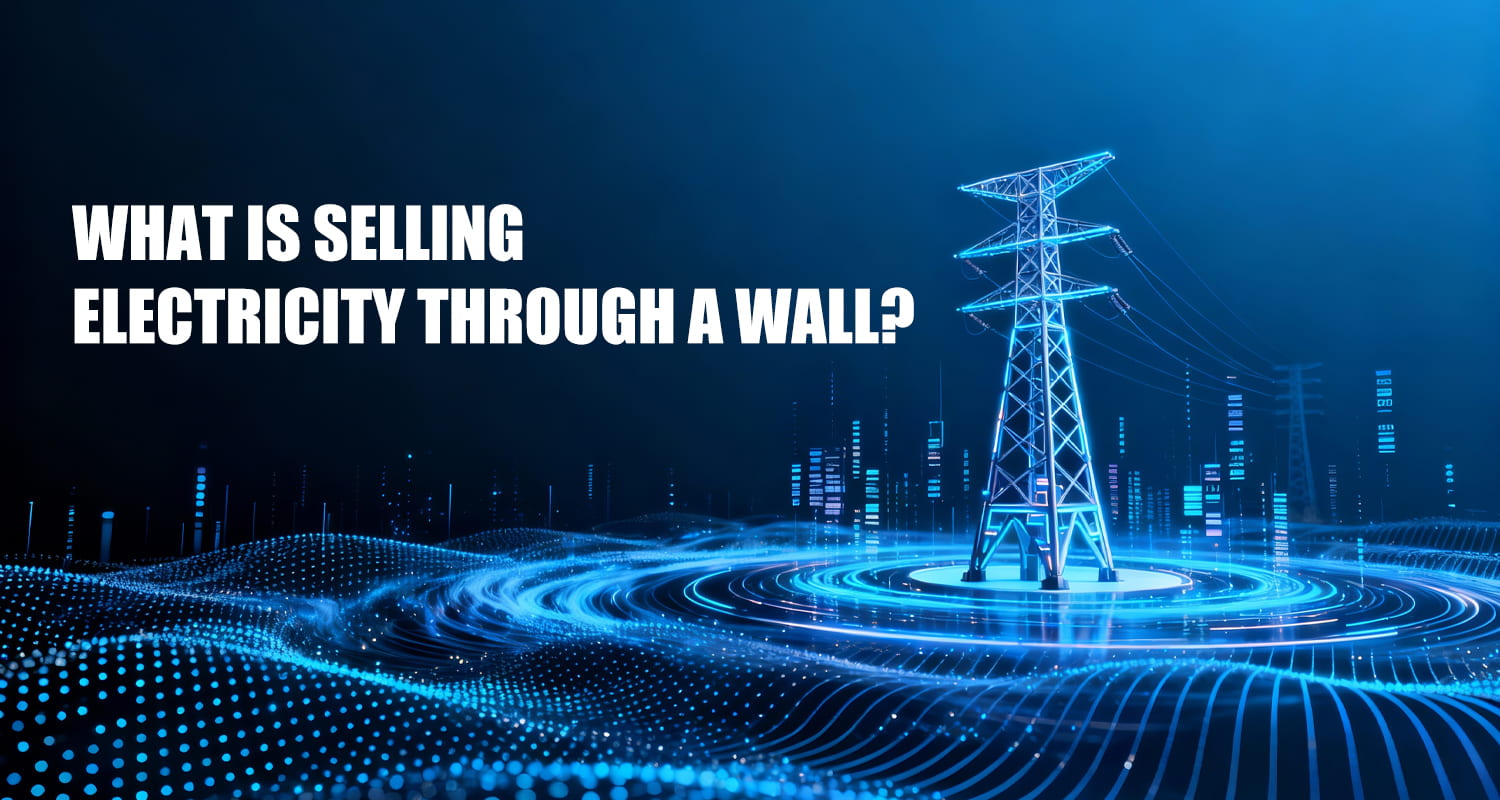Behind-the-Wall Electricity Sales: All You Need to Know
Nov 28, 2025
In the new energy industry, we often hear about the "behind-the-wall" electricity sales model, but many people don't understand it. Today, let's explain what "behind-the-wall" electricity sales actually are.
In addition to "full grid connection" and "self-consumption with surplus grid connection," distributed generation projects can participate in market-based transactions, selling electricity to nearby power users within the distribution network—this is commonly known as "behind-the-wall" electricity sales.
"Grid access fees" refer to the fees charged by power grid companies to recover investment and operation and maintenance costs in the power grid infrastructure and to obtain a reasonable return on assets. Their calculation, based on the nationally approved transmission and distribution prices, should consider the grid assets, voltage levels, and electrical distances occupied by both parties in the distributed generation market transaction. The standard for distributed generation "grid access fees" is determined according to the access voltage level and the scope of transmission and power consumption.
In pilot projects for distributed generation market transactions, "grid access fees" are formulated by the price authorities of the relevant provinces (autonomous regions, municipalities) in accordance with the relevant national regulations on transmission and distribution price reform and are filed with the National Development and Reform Commission. Before the "grid access fee" is determined, the transmission and distribution price of the highest voltage level involved in the market-based transaction of distributed generation will be deducted from the provincial power grid public network transmission and distribution price (including policy-based cross-subsidies) corresponding to the voltage level at which the power user is connected.
Normally, the electricity bill paid by enterprises mainly consists of transmission and distribution prices. In the context of this document, the "grid access fee" will necessarily be lower than the current transmission and distribution price.
Based on this, before the "grid access fee" is determined, the electricity price calculation method is temporarily set as a deduction of two transmission and distribution prices. For example, a low-voltage grid-connected distributed photovoltaic project that wants to "sell electricity through a barrier" must first upgrade the voltage before selling to another factory. Then the "grid access fee" is the 380V transmission and distribution fee minus the 10kV transmission and distribution fee. After this deduction, the amount payable is very small.
Features of selling electricity through walls
Characteristics of selling electricity through a barrier: Direct transaction, reduced intermediaries: Selling electricity through a barrier allows distributed energy projects and power users to trade directly, without the need for intermediaries such as power grid companies.
Improved Transaction Efficiency: Direct trading simplifies the electricity trading process and shortens the trading cycle, thereby improving transaction efficiency.
Flexible Pricing and Freely Negotiable Prices: Under the off-grid electricity sales model, buyers and sellers can freely negotiate electricity prices based on market supply and demand.
Sufficient Market Competition: Because buyers and sellers can trade directly, market competition is more intense, which helps promote the healthy development of the electricity market.
Promoting Renewable Energy Consumption and Reducing Curtailment: Off-grid electricity sales facilitate the consumption of renewable energy. Through direct trading, renewable energy power generation projects can more conveniently sell electricity to users in need, thereby reducing the curtailment of renewable energy generation.
Improved Energy Utilization Efficiency: Increased consumption of renewable energy means reduced reliance on traditional fossil fuels, thus improving energy utilization efficiency.